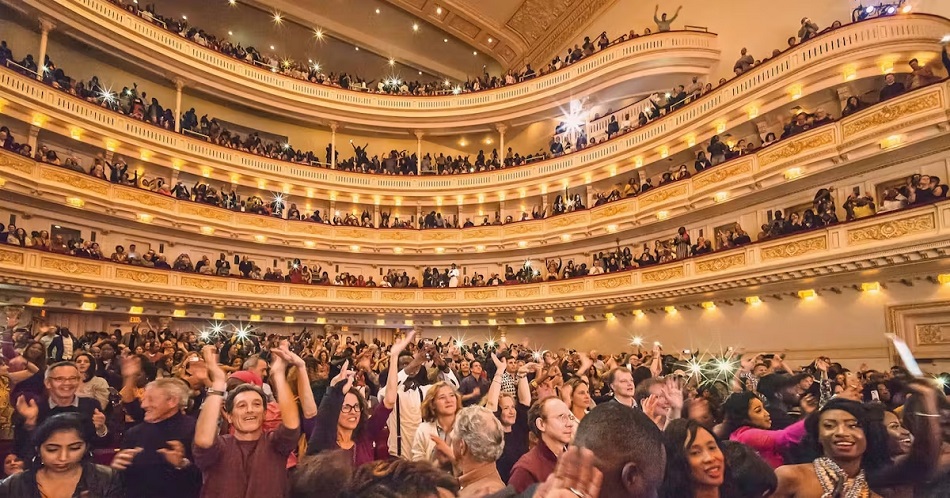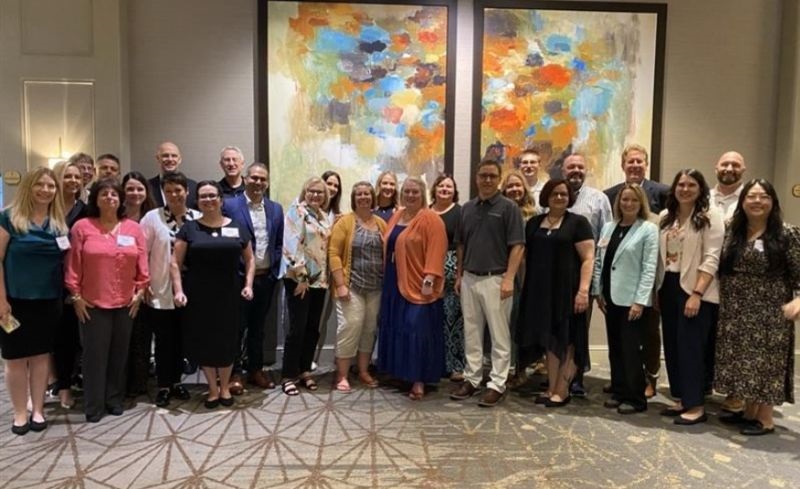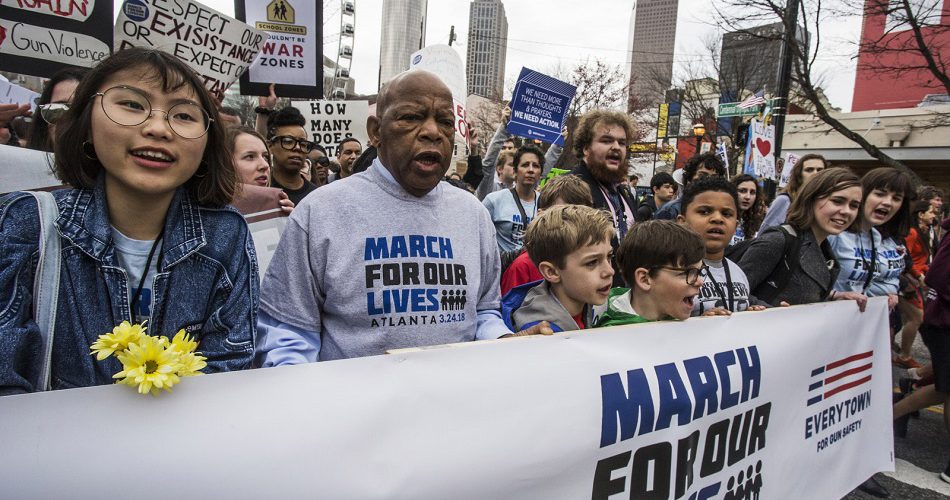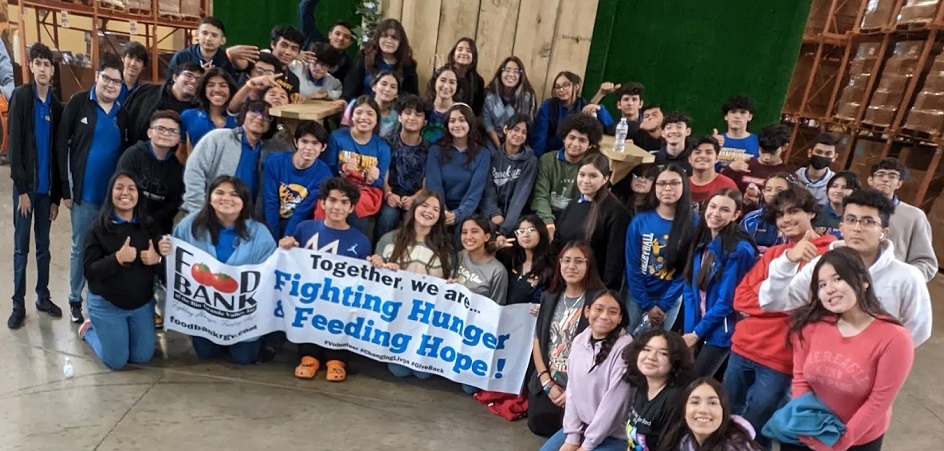The challenges that concern today’s young adults
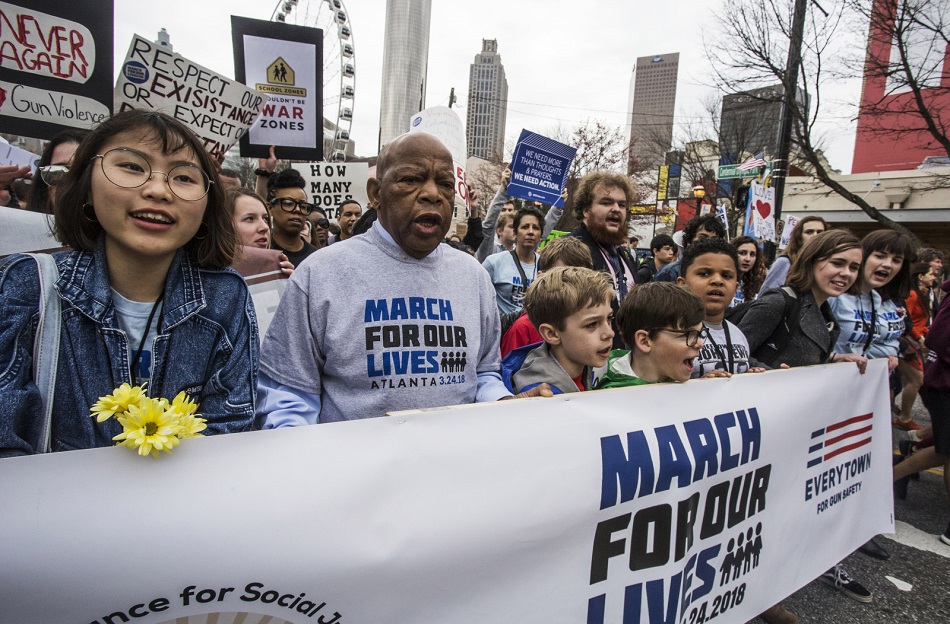
Every generation has its own struggles, and the challenges they face vary widely depending on who you ask – young adults of different races, income levels, and geographic locations often have different concerns or prioritize the same concerns differently
Take a look at some of the challenges that concern today’s young adults.
Money
Money is a common concern for young adults throughout history, and this generation is no exception.

In fact, as college costs (and college debts) soar and wages fail to keep up with the rising cost of living, today’s young adults are entering an economy that seems designed to make sure that they struggle as much as possible.
The result is that teens in high school worry about how they’ll pay for college, college students find that not only do they need to work while attending school, but that their wages don’t keep up with their expenses, and young adults entering the workforce worry that they’ll need to move back in with their parents if they want to pay their bills and keep up with their student loans.
Early adulthood is traditionally a time where people experience more financial instability, but today’s young people are more aware of income inequality and less certain that they’ll ever reach a place of financial stability, so this is a serious challenge for them.
School
The average cost of college has more than doubled in the 21st century; the compound annual growth rate (CAGR) of tuition is 4.04%.

Average Total Cost of College:
The cost of attendance (CoA) refers to the total cost of tuition and fees, books and supplies, as well as room and board for those students living on campus. CoA does not include transportation costs, daily living expenses, student loan interest, etc.
The average cost of attendance for a student living on campus at an in-state public 4-year institution is $27,146 per year or $108,584 over 4 years.
Out-of-state students pay $45,708 per year or $182,832 over 4 years.
Private, nonprofit university students pay $58,628 per year or $234,512 over 4 years.
While 4 years is the traditional period to earn a bachelor’s degree, just 42.0% of bachelor’s degree-seeking students graduate within that time.
97% of confirmed bachelor’s degree earners graduate within 6 years; the 6-year average cost of attendance is $229,620.
Students unable to work full-time stand to lose a median annual income of $46,748.
Student borrowers pay an average of $2,636 in interest each year, and the average student borrower spends roughly 20 years paying off their loans.
It’s not just the costs of college that have risen in recent years. Competition and expectations are up as well.

More and more students are being raised with the expectation that they’ll go to college, and many entry-level jobs require applicants to have a college degree to even be considered for the position. This means that there’s more competition to get into college in the first place.
On top of that, educational standards have simply changed over the years. More is expected of students in this generation than in previous generations. This starts with the youngest grades and continues up through high school and college.

And not only are academic standards higher, but students are also usually encouraged to prove that they’re well-rounded by participating in extracurricular activities, volunteering, and taking jobs or internships.
That’s a lot to place on the shoulders of a high school senior or college freshman, and it results in school becoming a major challenge for today’s young people.
Violence
Violent crime has actually been on a fairly consistent downward trend in the United States since the 1990s.
However, public perception often disagrees with official statistics, so young people who believe that violence is on the rise certainly aren’t alone in that belief. And to be fair, while violent crime, in general, is lower than it used to be, certain specific types of violence, including rapes and hate crimes, have increased in recent years.
Media attention may contribute to the perception among young people that violence is a serious problem for them.
Between 24-hour news stations and the ability to share the news widely on social media, it’s easy to feel inundated with reports of violent crimes happening locally, around the country, and in the world at large. Young adults are the people most likely to have a smartphone or other mobile device on them at all times and may be receiving frequent notifications for news stories about violent crime.
What’s more, young adults have good reasons to worry about a specific type of violent crime – mass shootings. Many of the most widely reported-on mass shootings have taken place in locations where young people are likely to be – in schools, in nightclubs, in movie theaters, and at concerts, for example.

Today’s high schoolers and college-aged young adults have likely been through years of active shooter drills and need to pass through metal detectors to get to where they’re going, even if they haven’t been directly affected by a mass shooting themselves.
It’s no wonder that the current generation of young adults sees gun violence as a challenge that menaces their generation in particular and that they will have to find ways to solve it.
Climate Change
It’s no surprise that some of the most visible and outspoken climate change activists are teenagers or young adults.
A large number of young people view climate change as an urgent problem that needs immediate action.

They accept the conclusions reached by the majority of climate scientists – that climate change is happening, that it is caused by humans, and that urgent action is needed to reverse the damage or prevent further change.
Other environmental issues, such as clean drinking water, preservation of land and natural resources, and ethical use of animal products are also high on the priority lists of younger adults and soon-to-be adults. Young adults see these issues as important challenges that they’re motivated to engage with.
Social Media
Gen Zers, as well as younger Millennials, have grown up with social media as part of the fabric of their everyday lives. However, that doesn’t stop them from being concerned about it.
From privacy issues to the effects social media can have on self-esteem and body image, young adults have plenty of reasons to see social media as a challenge that they must grapple with.
At the same time, social media is something of a necessity for young adults who need to be able to make connections for academic and professional reasons, which gives them a vested interest in figuring out the best way to work out the problems with the medium.

The challenges that face today’s young adults are complex and varied. It’s important for them to have support and understanding from their older relatives as they prepare to tackle those challenges.
By Gilbert Castro | ENC News




